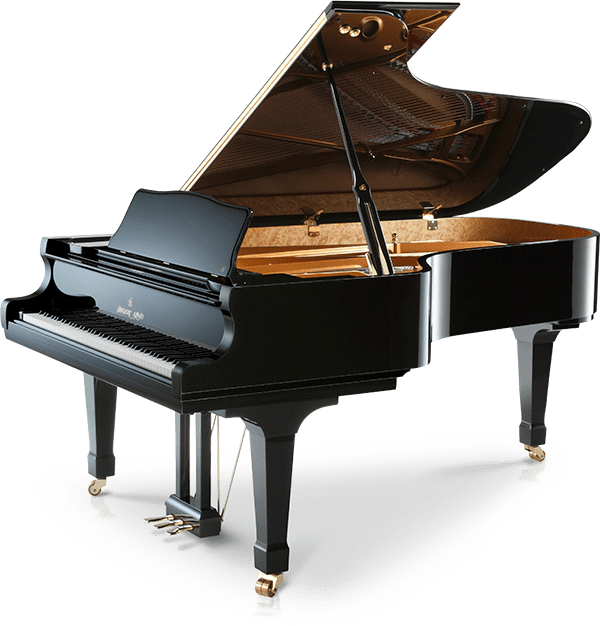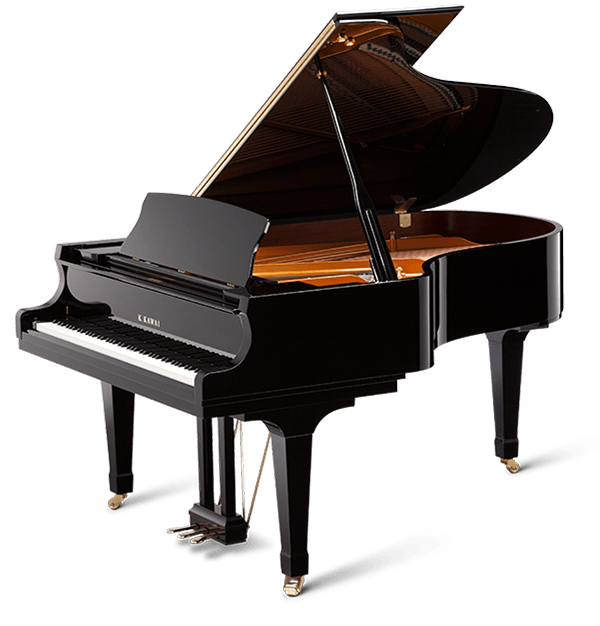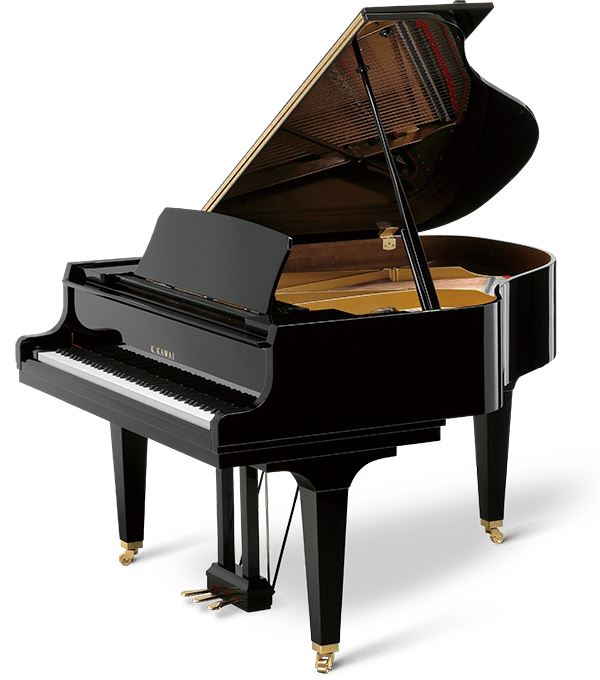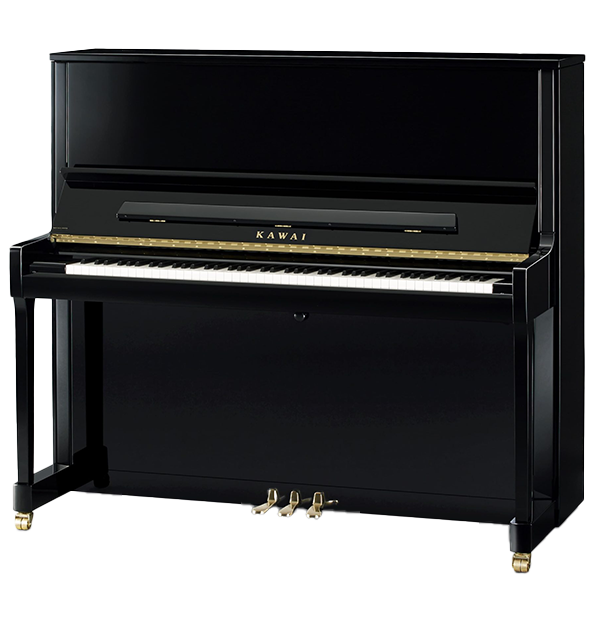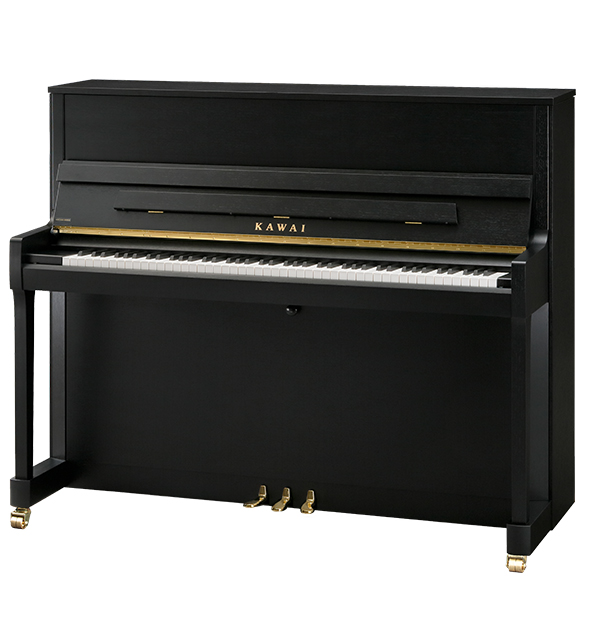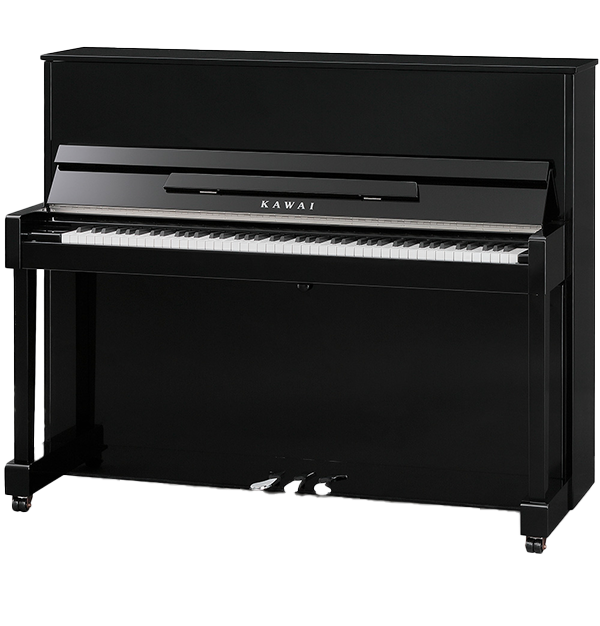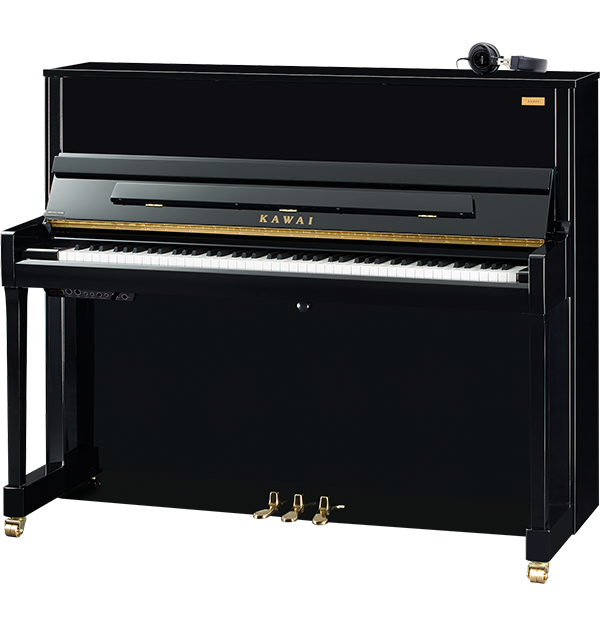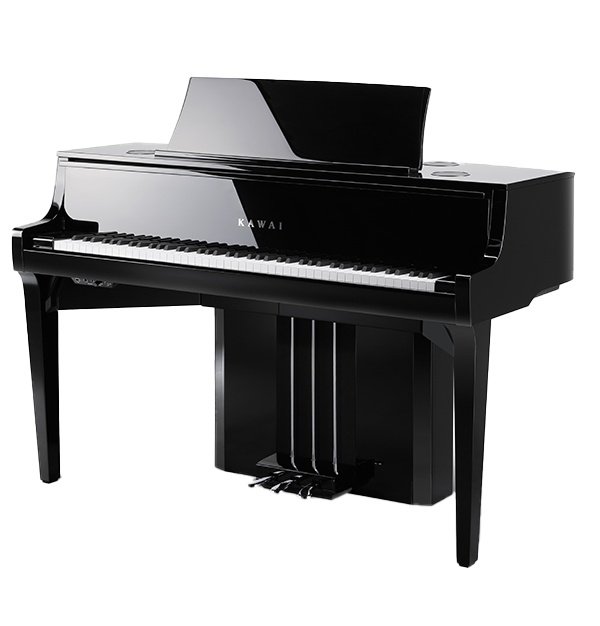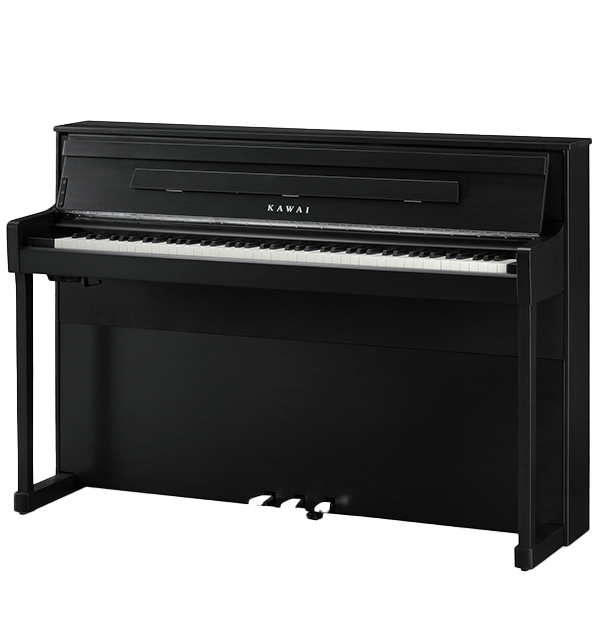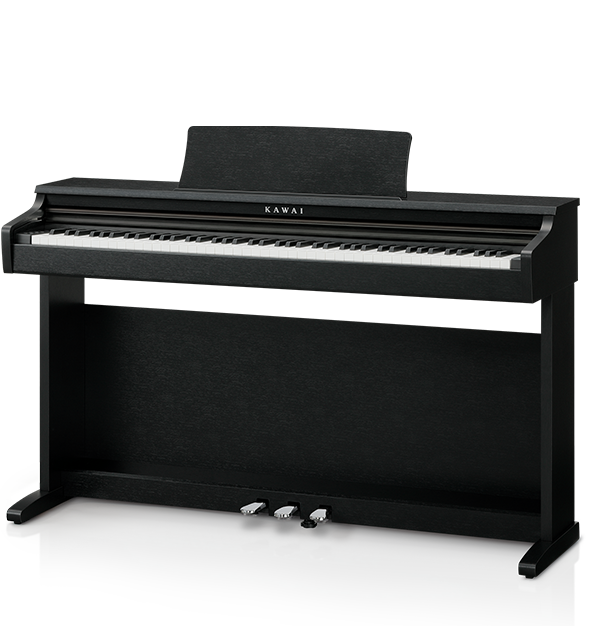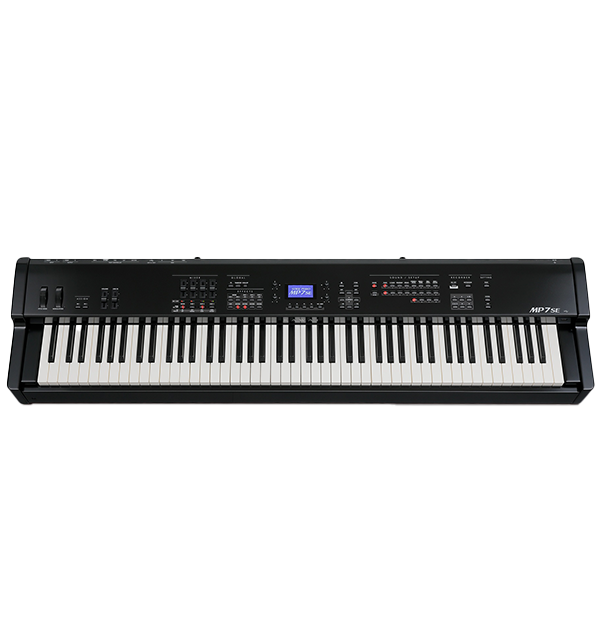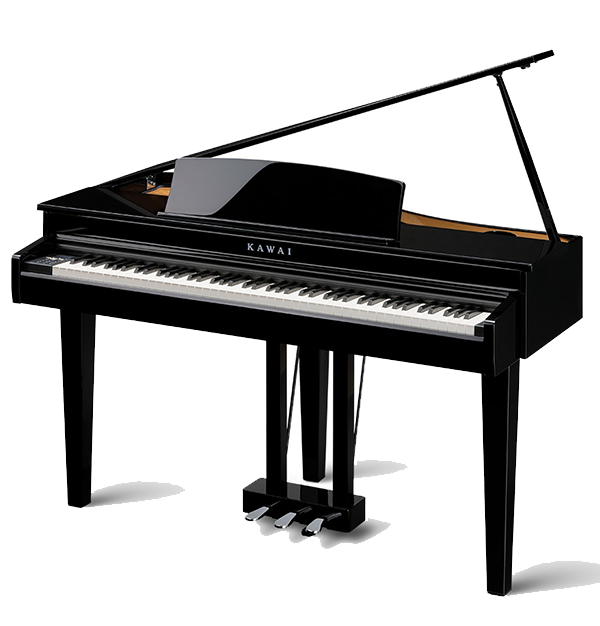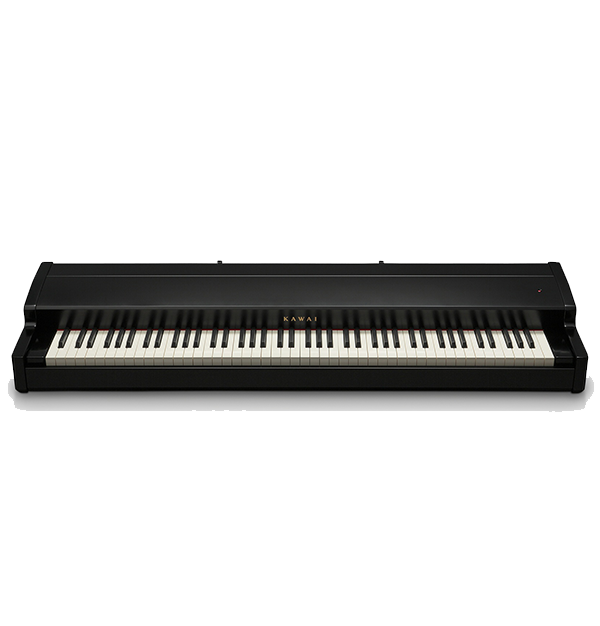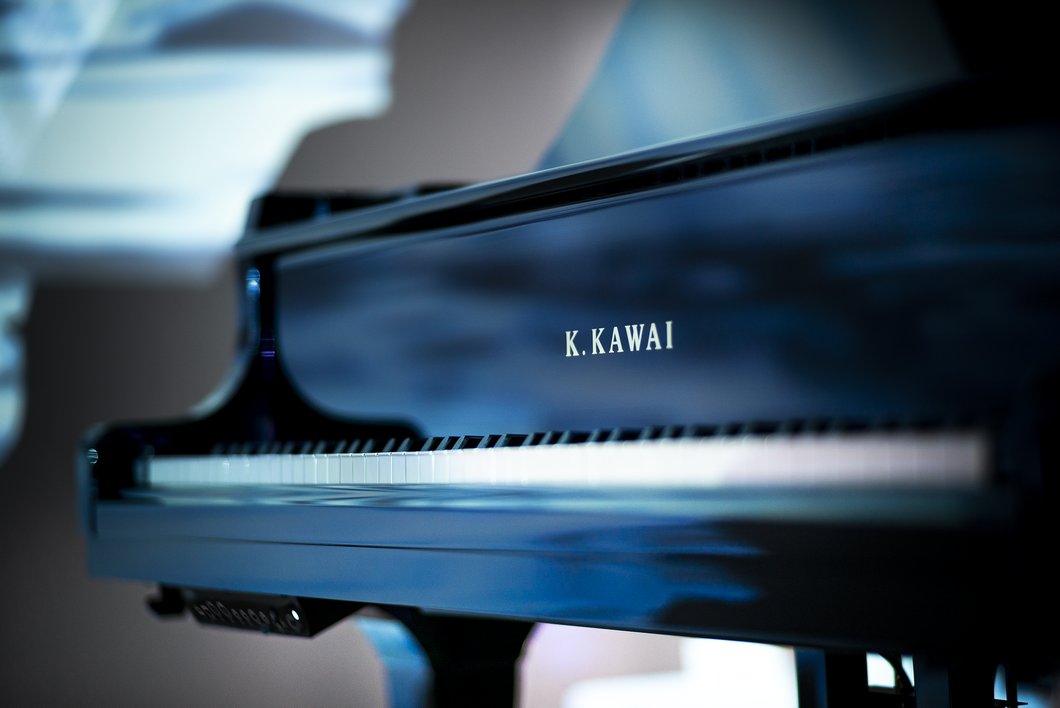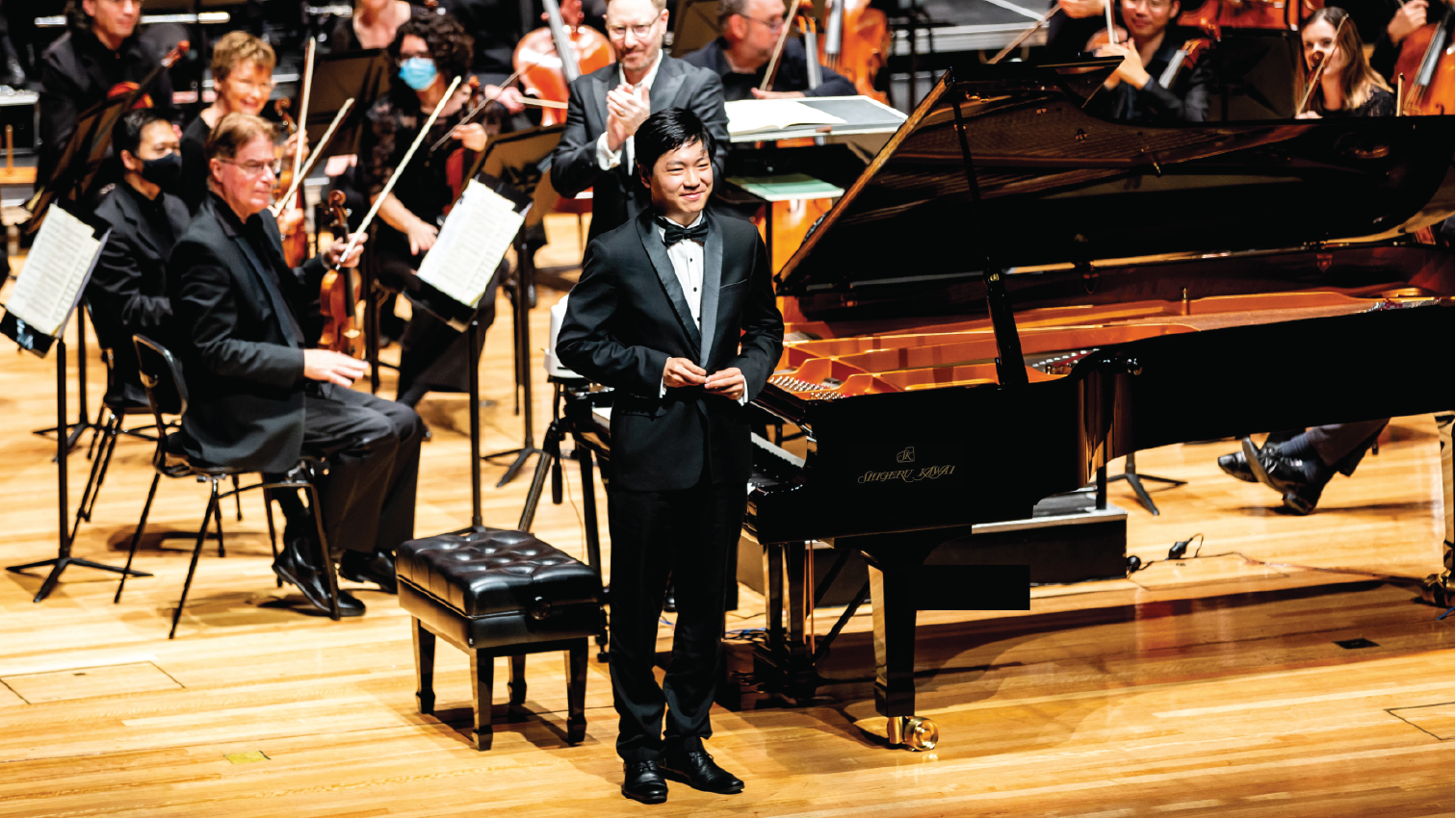Grey market piano imports are gaining attention in recent months, on the back of some pretty seismic, if mostly invisible, developments in the piano industry here in Australia. But what exactly is a grey market piano, and is it what it says on the tin?
Most of the new pianos coming into Australia are made in Japan, or at Japanese owned and operated factories in Indonesia, especially from the more established manufacturers. Smaller numbers are imported from China and Korea, with a single model often badged and marketed under several different names. A very small number are made here in Australia each year. New pianos will come with a manufacturer’s warranty that’s usually around 10 years – our is 12 – so that owners are covered for defects directly from the brand, regardless of anything that might happen with the retailer. A lot can happen in 12 years, so this security of coverage is its own value.
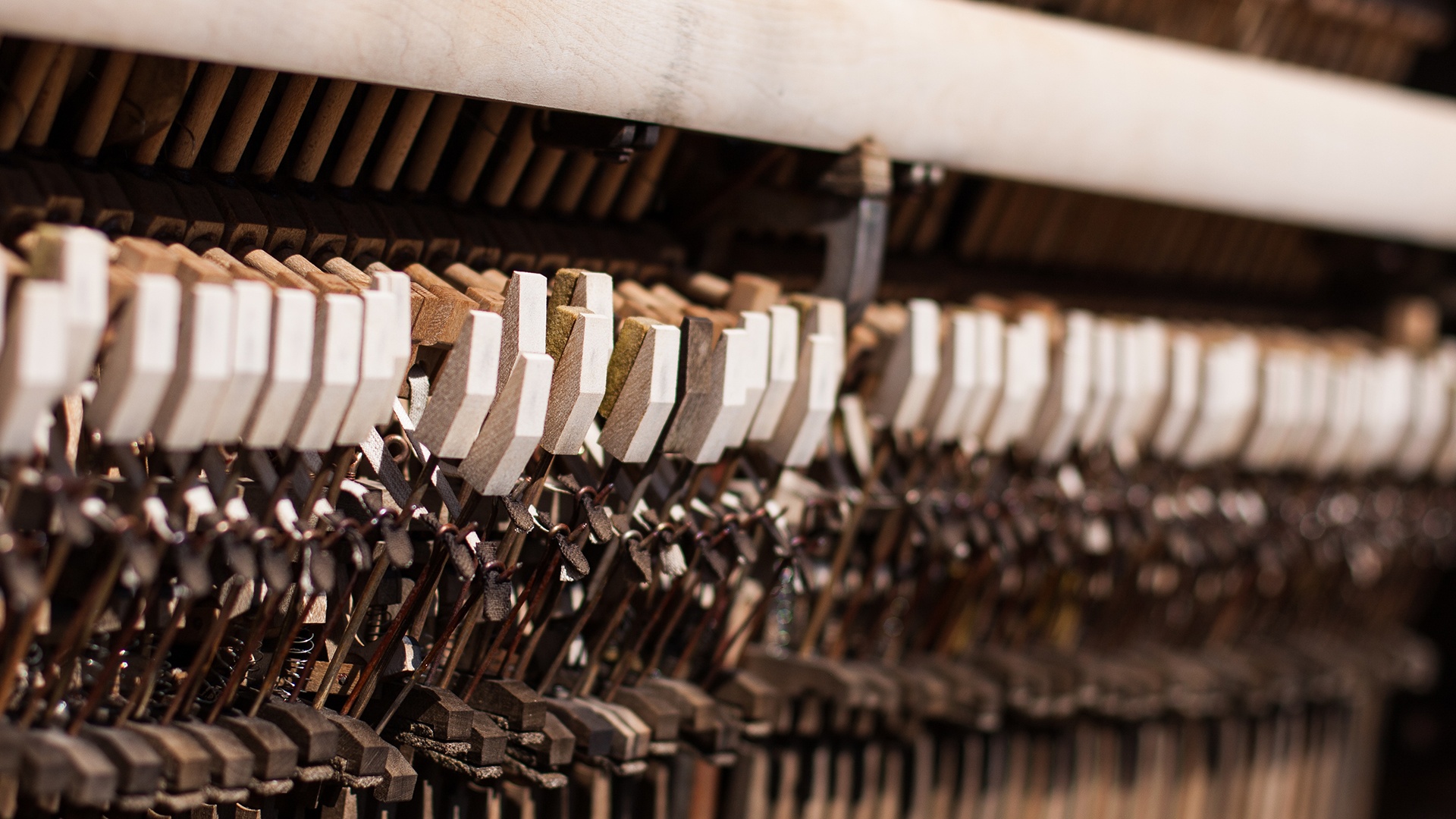
New pianos are sold through networks of authorised retailers, most of whom operate physical stores that you can visit to test the instruments, and who employ specialist piano sales staff, people who are generally players themselves. It’s worth keeping in mind that there’ll usually be a good reason why a retailer would not carry at least one of the big Japanese brands new.
By contrast, imported second hand pianos are mostly coming from Japan and Vietnam, usually after receiving some cosmetic treatment before they arrive on our shores. There are businesses that specialise in buying older instruments in bulk, refurbishing them, and exporting them to countries like Australia in what is a largely unregulated market. Sometimes these pianos find their way onto the floors of reputable retailers, though it’s not uncommon to find them sold online from warehouses or garages.
On average, these pianos are between 30 and 40 years old, and a large proportion of them are sourced from universities and other institutions – that’s why they tend to be impressively large instruments. It’s also why they’ve usually been exposed to heavy workloads, having remained in near-daily use for decades. The impact that a working history like this will have had on the action – an intricate mechanical device predicated entirely on the precision of its many moving parts – shouldn’t be underestimated.
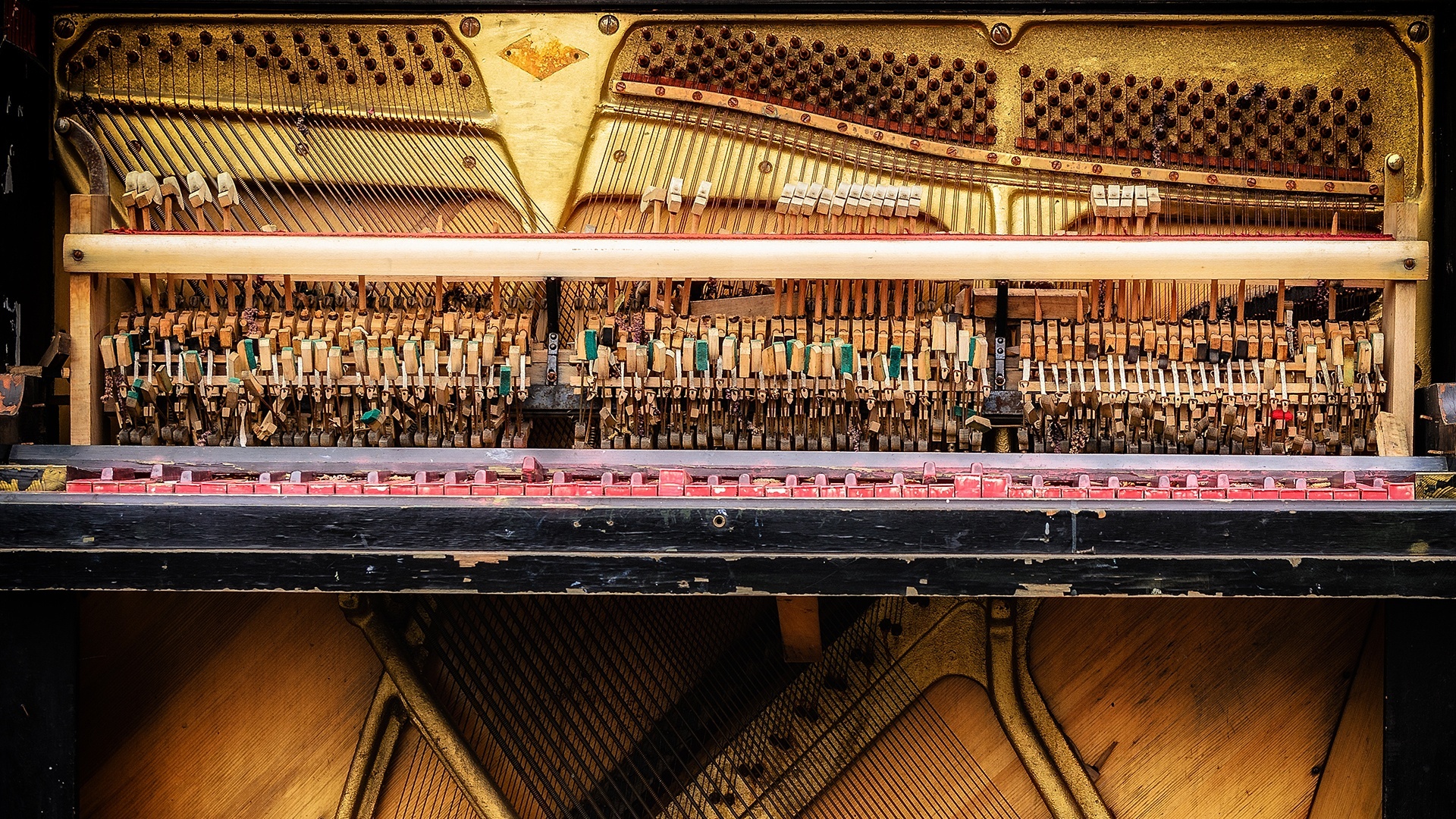
That’s a key reason they can be so cheap: very often, these impressive-looking instruments are nearing the end of a working piano’s expected lifespan long before they arrive in Australia. And it’s a precious few that come with the sort of service history you’d expect to see if you were buying privately.
As in any industry, pianos made today benefit from developments in textile and manufacturing technologies that were pipe dreams in 1999. It’s a common misperception that older equals more lovingly crafted (and that bigger equals better!), but the reality is that precision, speed, and durability are up, tolerances are down, and a good quality new piano will cost very substantially less to keep in good singing order than one bought on the grey market – costs that negate the perceived point-of-sale discounts that are the grey market retailer’s stock in trade.
